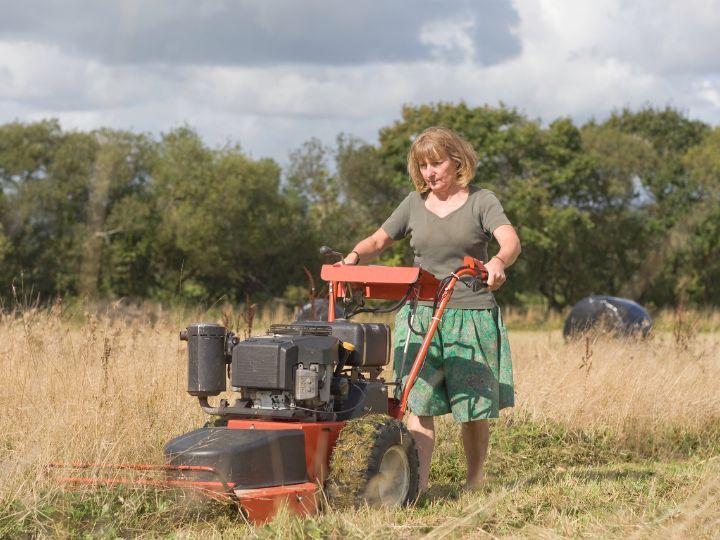Stay On Course: Preventative Maintenance For Golf Course Equipment

Introduction
Maintaining a golf course can be a challenging task, but keeping its equipment in optimal condition is even more crucial. Golf course equipment is expensive, and any significant breakdown can be costly to fix or even replace. Regular preventative maintenance is essential to keep the equipment functioning correctly and prolong its lifespan
Preventative maintenance involves taking proactive measures to keep the equipment in good working condition. This process includes routine inspections, cleaning, lubrication, and adjustments Preventative maintenance is critical to prevent equipment failures, improve efficiency, and reduce downtime.
The substantial costs of fixing or replacing damaged equipment can be avoided by golf course operators with the help of preventative maintenance Also, it can
aid in lowering the possibility of mishaps and guaranteeing the safety of the machinery. By following a regular maintenance schedule, golf course owners can ensure that their equipment is in top condition, thus enhancing their course's reputation and improving the overall playing experience for golfers.
Best Practices for Preventative Maintenance
Preventative maintenance involves several practices, including routine inspections, cleaning, lubrication, and adjustments. These are some guidelines for maintaining golf course equipment that you should abide by:
1. Develop a Maintenance Schedule: Establish a regular maintenance schedule and stick to it. This schedule should include daily, weekly, monthly, and annual maintenance tasks
2. Conduct Daily Inspections: Conduct a visual inspection of the equipment before use Check for any signs of wear and tear, leaks, or damage
3. Clean the Equipment: Clean the equipment after each use to remove any dirt, debris, or grass clippings Use a high-pressure washer to remove any stubborn stains
4. Lubricate the Equipment: Lubricate the moving parts of the equipment to prevent rust and reduce friction This process will help prolong the lifespan of the equipment.
5 Adjust the Equipment: Make necessary adjustments to the equipment to ensure it is operating correctly. This may include adjusting the cutting height of the mowers or checking the alignment of the blades.
6 Keep Detailed Records: Keep detailed records of all maintenance activities performed on the equipment. This information will help identify potential issues and ensure that maintenance is performed on schedule.
Conclusion:
Preventative maintenance is critical to keep golf course equipment in top condition. Establishing a regular maintenance schedule and adhering to best practices such as inspections, cleaning, lubrication, and adjustments can help prevent breakdowns, improve efficiency, and reduce downtime
Regular maintenance can also help golf course owners avoid costly repairs and replacements, improve safety, and enhance their course's reputation Keeping detailed records of maintenance activities can help identify potential issues and ensure that maintenance is performed on schedule.
In summary, investing in preventative maintenance is a wise decision for golf course owners. It will help ensure that their equipment is in good working condition, enhance their course's reputation, and provide an enjoyable playing experience for golfers By following these golf maintenance solutions, golf course owners can stay on course and prevent any unnecessary breakdowns or accidents.
